FUNDING CUTS IMPACT CT HUMANITIES: Help CT Humanities navigate recent funding cuts and continue our vital work across Connecticut. All donations made to CTH will be matched dollar-for-dollar up to $50,000. Donate today!
Now Viewing:
Crime and Punishment
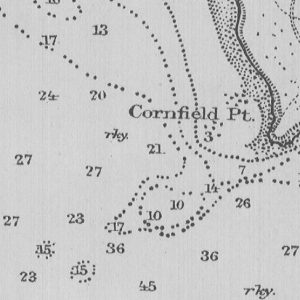
Cornfield Point: Old Saybrook’s Forgotten Scenic Alcove
Cornfield Point, a rocky scenic area bordering the Long Island Sound, is often overlooked but is significant in the state’s maritime and prohibition histories.
Read
Lydia Sherman: The Derby Poisoner
Lydia Sherman confessed to killing three husbands and four children, but it is believed that the total number of her victims may be much higher.
Read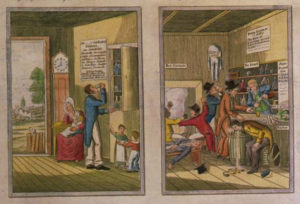
The Living Actually Haunted Many Connecticut Taverns – Who Knew?
Early Connecticut laws deemed anyone who spent excessive time in taverns as a “tavern haunter” and subjected them to fines and ridicule.
Read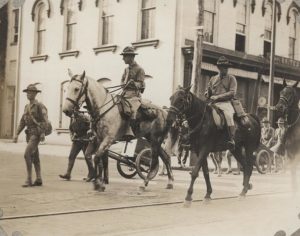
Gerald MacGuire and the Plot to Overthrow Franklin Roosevelt
Gerald MacGuire, a prominent Connecticut businessman, became deeply involved in a reported plot to overthrow the presidency of Franklin Roosevelt.
Read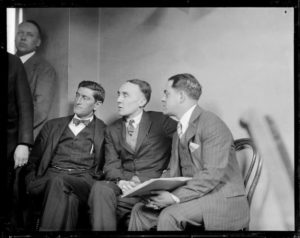
Gerald Chapman: America’s First “Public Enemy Number One”
On October 12, 1924, in New Britain, Connecticut, Gerald Chapman became America’s first “Public Enemy Number One.”
Read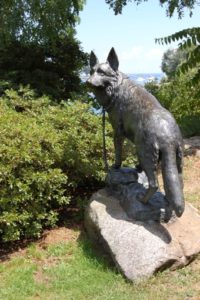
Monument to Hero of the Greenwich Police Department – Who Knew?
A memorial in Byram Park honors Yogi, who became the first police dog of the Greenwich Police Department in 1988.
Read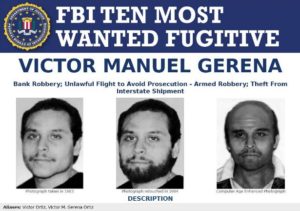
Financing a Free Puerto Rico: The Great Wells Fargo Heist of 1983
On September 12, 1983, an employee at the Wells Fargo depot in West Hartford, Connecticut, committed what was, at the time, the largest cash robbery in American history.
Read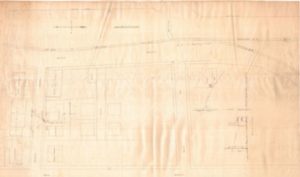
Murder on the Map: The Mysterious Death of Captain George M. Colvocoresses
At first glance, this hand-drawn map appears unremarkable but it depicts the scene of a sensational crime in Bridgeport.
Read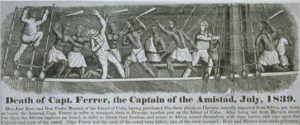
The Amistad
After enslaved people revolted and took control of the Amistad in 1839, Americans captured the ship off Long Island and imprisoned the enslaved in New Haven.
Read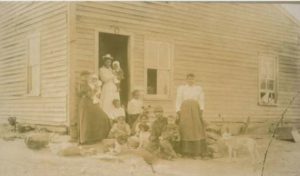
John Brown: A Portrait of Violent Abolitionism
John Brown of Torrington used violence to oppose the spread of slavery prior to the Civil War, ultimately leading a bloody raid on the armory in Harper’s Ferry, Virginia.
Read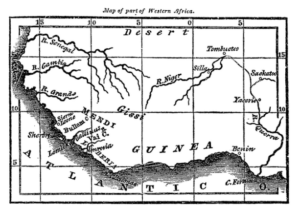
A Different Look at the Amistad Trial: The Teenager Who Helped Save the Mende Captives
James Benajmin Covey, a former slave, was only 14 years old when asked to serve in one of the most publicized trials in American history.
Read
Richard Reihl: The Hate Crime That Became a Turning Point for LGBTQ+ Civil Rights
The 1988 murder of Richard Reihl, a gay man from Wethersfield, galvanized and mobilized communities to organize and transform LGBTQ+ civil rights legislation in the state for decades to come.
Read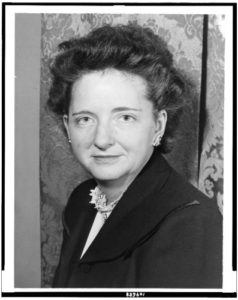
Elizabeth Bentley Born – Today in History: January 1
Elizabeth Terrill Bentley is best known for her role as an American spy for the Soviet Union—and for her defection to become a US informer.
Read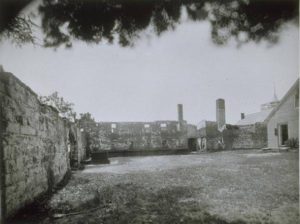
First New-Gate Prisoner – Today in History: December 22
On December 22, 1773, John Hinson, the state’s first inmate, arrived at New-Gate Prison.
Read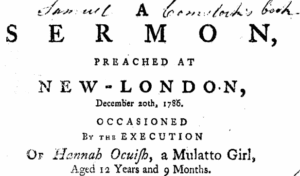
A Most Unusual Criminal Execution in New London
On December 20, 1786, a crowd gathered behind New London’s old meeting house to witness the execution of a convicted murderer.
Read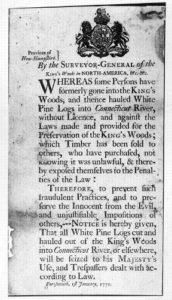
The White Pine Acts – Who Knew?
The British government made it illegal for colonials to cut down white pine trees over 24 inches in diameter—preserving the trees for use as masts on British naval ships.
Read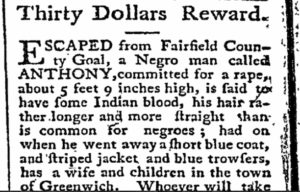
Danbury Hangings: The Executions of Anthony and Amos
The executions of Anthony and Amos Adams in Danbury speak to the fears and racial tensions prevalent in early American culture.
Read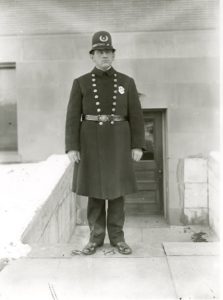
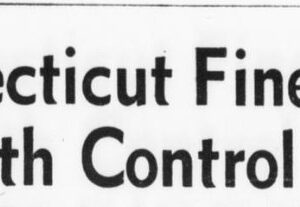
Taking on the State: Griswold v. Connecticut
In the 1960s, Estelle Griswold challenged Connecticut’s restrictive birth control law, making it all the way to the Supreme Court.
Read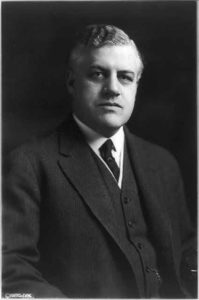
The “Red Scare” in Connecticut
The Palmer Raids, launched in Connecticut in 1919, were part of the “Red Scare” paranoia that resulted in numerous civil rights violations committed by law enforcement officials.
Read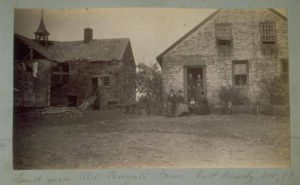
Notorious New-Gate Prison
A failed Simsbury copper mine is now a national historic landmark in East Granby.
Read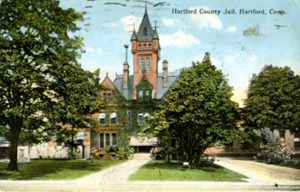
The Deplorable History of Hartford’s Seyms Street Jail
Abhorrent conditions characterized life in Hartford’s Seyms Street Jail for much of its century-long service to the county.
Read
Connecticut Draws the Curtain on Public Executions
Brooklyn’s status as county seat in 1831 resulted in the town hosting what is widely accepted as the last public hanging in Connecticut.
Read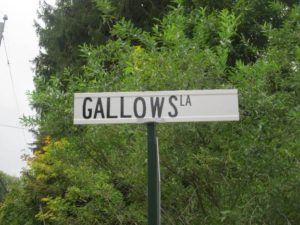
Gallows Lane and the Execution of Barnett Davenport
Tragic murders in 1780 that shocked the town of Washington and revealed humanity’s dark side.
Read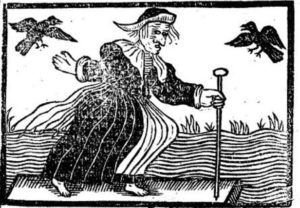
Alse Young Executed for Witchcraft – Today in History: May 26
On May 26, 1647, Alse Young of Windsor was the first person on record to be executed for witchcraft in the 13 colonies.
Read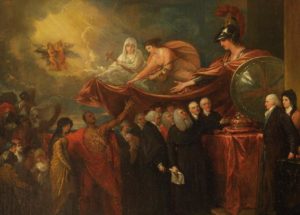
Connecticut’s Loyal Subjects: Toryism and the American Revolution
Loyalists in Connecticut, often acting on beliefs tied to relegion, proved particularly prominent in Fairfield County. Many of them fled to Canada rather than face imprisonment at New-Gate.
Read
Joseph Taborsky and the “Mad Dog Killings”
Joseph “Mad Dog” Taborsky earned his nickname for the brutal methods he employed robbing and murdering his victims.
Read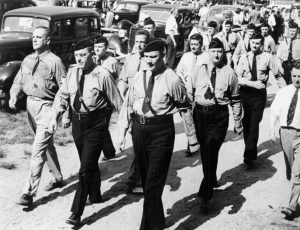
The Vonsiatsky Conspiracy Case
In 1942, Anastase Vonsiatsky of Thompson, Connecticut, was convicted of conspiring to betray state secrets to Nazi Germany.
Read
First New-Gate Prisoner – Today in History: December 22
On December 22, 1773, John Hinson the state’s first inmate arrived at New-Gate Prison.
Read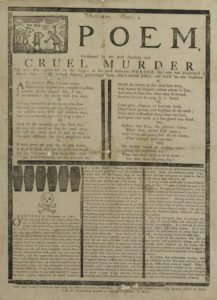
The Beadle Family Murders – Today in History: December 11
Following his drop in status as one of the town’s wealthiest men, William Beadle murdered his entire family.
Read
Jim Morrison Arrested – Today in History: December 9
On December 9, 1967, police arrested Doors’ front man Jim Morrison as he performed onstage at the New Haven Arena.
Read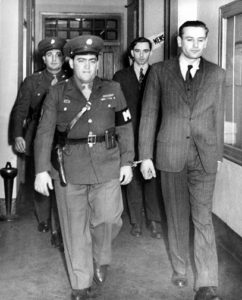
A Connecticut Nazi Spy Has a Change of Heart
A Connecticut-born Nazi spy, William Colepaugh, had a change of heart and turned himself in to the FBI on December 26, 1944.
Read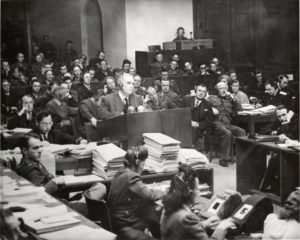
Connecticut Lawyer Prosecutes Nazi War Criminals at Nuremberg
In the immediate aftermath of World War II, Thomas Joseph Dodd served on the United States’ prosecutorial team as Executive Trial Counsel at the International Military Tribunal (IMT).
Read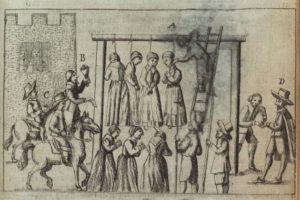
Witchcraft in Connecticut
Well before the Salem trials, Connecticut residents were executing “witches.” Connecticut is home to what was most likely the first execution of its kind in colonial America.
Read
Accidental Shooting Leads to Witchcraft Conviction – Today in History: October 3
On October 3, 1651, Henry Stiles of Windsor was killed when the gun of Thomas Allyn, also of Windsor, accidentally discharged during a militia exercise.
Read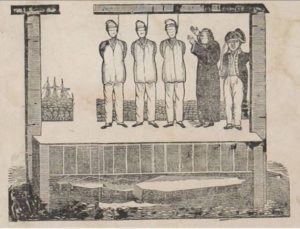
Capital Punishment in Connecticut: Changing Views
Connecticut’s struggles with the issue of capital punishment date back to its earliest days as a colony.
Read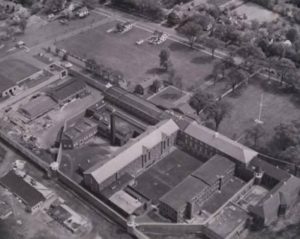
Wethersfield Prison Blues
In September 1827, the newly constructed Connecticut State Prison in Wethersfield opened its doors to 81 inmates once housed at Newgate Prison.
Read
The Shoe Box Murder Mystery
On August 8, 1886, Edward Terrill and his dog uncovered what appeared to be a box of a dozen shoes that had recently fallen from a cart.
Read
New-Gate Prison Breakout – Today in History: May 18
On May 18, 1781, the largest mass breakout in the history of New-Gate Prison took place.
Read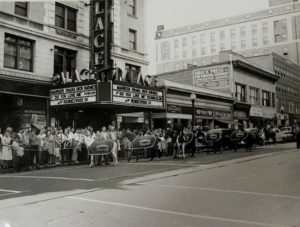
A 1947 Movie Details the Unsolved Murder of a Bridgeport Priest
An unusual murder of a Bridgeport, Connecticut, priest in 1924 inspired the movie, Boomerang!, which debuted at the Cannes Film Festival in 1947.
Read
Danbury Prison Protest – Today in History: August 11
On August 11, 1943, conscientious objectors and other prisoners staged a 135-day hunger strike to protest racial segregation in the Danbury prison’s dining hall.
Read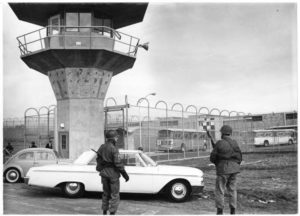
Osborn Correctional Institution
When the Connecticut Correctional Institution opened in Somers in 1963, it represented yet another chapter in the state’s history of housing those convicted of crimes.
Read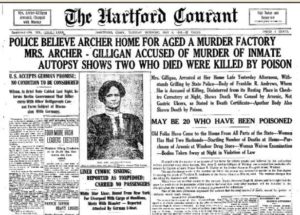
Windsor’s “Murder Factory”
It only took 4 hours for a jury to convict Amy Duggan Archer Gilligan of operating, what the Hartford Courant labeled, a “murder factory.”
Read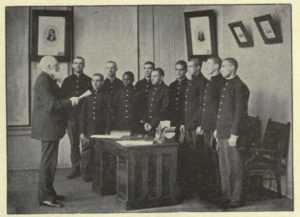
Zebulon Brockway: A Controversial Figure in Prison Reform
Zebulon Brockway was one of the more successful and controversial figures in prison reform during the 1800s.
Read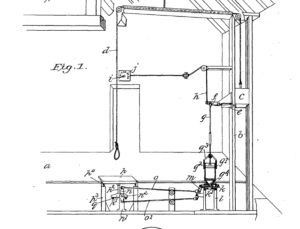
The Automatic Gallows – Today in History: June 18
On June 18, 1895, Jabez L. Woodbridge of Wethersfield patented an automated gallows.
ReadMore Articles




